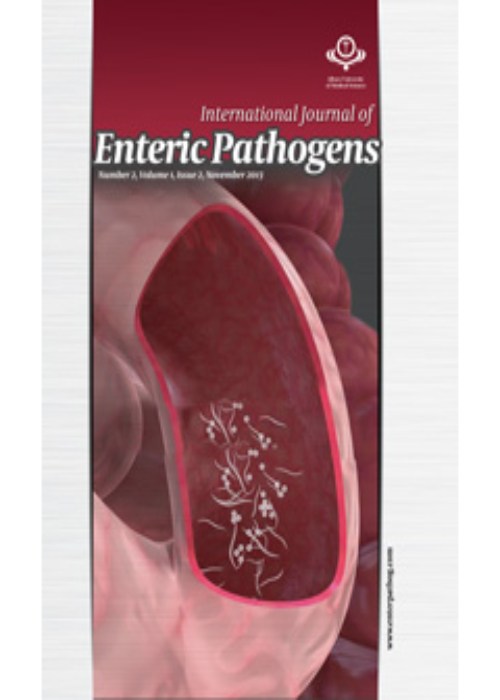Inappropriate Dietary and Occupational Patterns: Major Risk Factors Associated With Brucellosis in the Area Covered by Karaj Health Center No. 2
Author(s):
Abstract:
Background
Brucellosis is one of the most common diseases among humans and livestock. Using contaminated and unpasteurized dairy products, having contact with infected livestock and, in general, inappropriate dietary patterns, as well as lack of hygiene, can be noted as the most common modes of transmission for such a disease..Objectives
Since the establishment of Alborz province in Iran and, accordingly, Alborz university of medical sciences, Karaj, Iran, there has been no study on the epidemiological situation of the disease. Therefore, the present study examines the epidemiology of Brucellosis at Karaj Health center No. 2, Karaj, Iran, during 2011 - 2012..Patients and Methods
This research was a cross-sectional descriptive study, on patients with Brucellosis, during 2011 - 2012, in the area covered by Karaj health center No. 2, Karaj, Iran. The data about all suspected cases, collected from polyclinic, laboratories and health centers, and confirmed by Wright, combs Wright and 2ME tests were reviewed. After recording the demographic data and laboratory results, they were entered into STATA 11 software and analyzed..Results
The number of patients reported in this study was 67. The incidence of the disease during 2011 - 2012 was, respectively, 3.75 and 4.6 per hundred thousand and the average incidence of the disease was 4.2 per hundred thousand. The highest rate of infection, in terms of occupation, was found among ranchers (40.29%). In 100% of the cases, there was a history of consumption of cottage cheese, fresh cow milk or other unpasteurized dairy products. Considering the incidence season, most cases of the disease (38.80%) had occurred in the spring. In terms of gender, 56.71% were male and 43.28% of patients were female. As well, in terms of age, more 50% of the patients were in the age groups of 31 - 40 and 41 - 50 years old..Conclusions
Given the occurrence of more cases of the disease among individuals with risk factors, such as consumers of unpasteurized dairy products, as well as ranchers, it seems that healthcare education, isolation of the places where animals are kept from humans, livestock vaccination, and, particularly, improvement of dietary patterns are effective in reducing the incidence of the disease..Keywords:
Language:
English
Published:
International Journal of Enteric Pathogens, Volume:3 Issue: 4, 2015 Nov
Page:
7
magiran.com/p1462771
دانلود و مطالعه متن این مقاله با یکی از روشهای زیر امکان پذیر است:
اشتراک شخصی
با عضویت و پرداخت آنلاین حق اشتراک یکساله به مبلغ 1,390,000ريال میتوانید 70 عنوان مطلب دانلود کنید!
اشتراک سازمانی
به کتابخانه دانشگاه یا محل کار خود پیشنهاد کنید تا اشتراک سازمانی این پایگاه را برای دسترسی نامحدود همه کاربران به متن مطالب تهیه نمایند!
توجه!
- حق عضویت دریافتی صرف حمایت از نشریات عضو و نگهداری، تکمیل و توسعه مگیران میشود.
- پرداخت حق اشتراک و دانلود مقالات اجازه بازنشر آن در سایر رسانههای چاپی و دیجیتال را به کاربر نمیدهد.
In order to view content subscription is required
Personal subscription
Subscribe magiran.com for 70 € euros via PayPal and download 70 articles during a year.
Organization subscription
Please contact us to subscribe your university or library for unlimited access!


